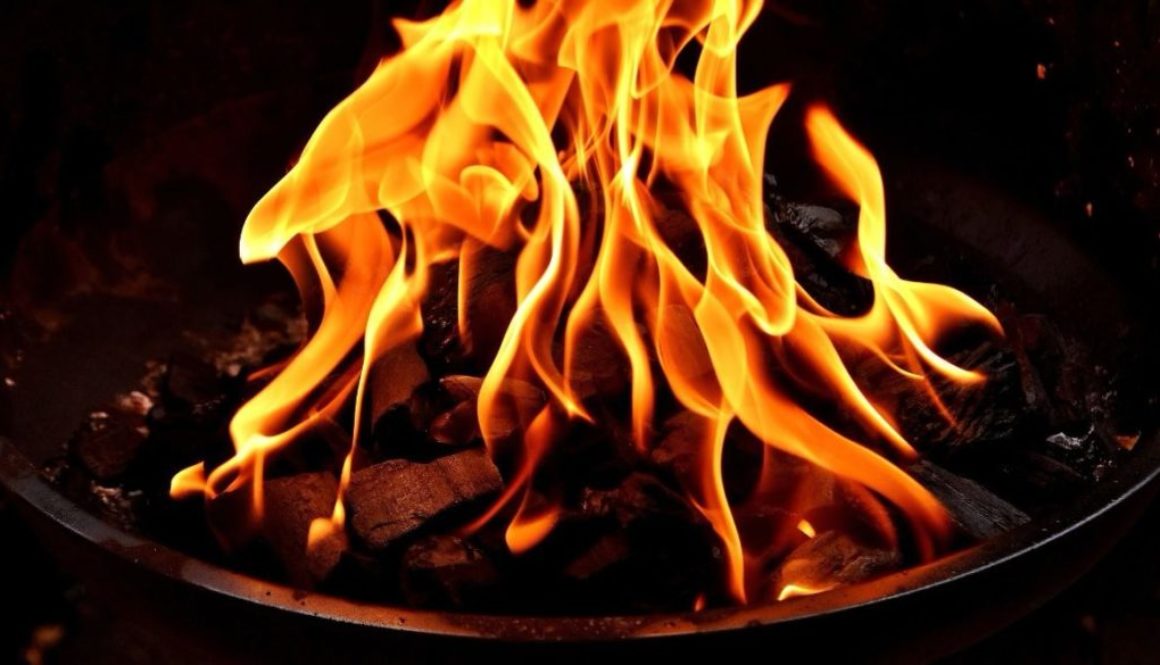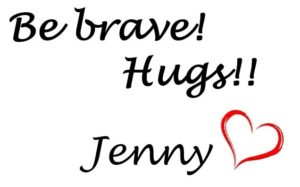Tell your children’s story and connect them to something bigger

“Your dad and I felt that there was someone missing in our family. When I was pregnant, and you were in my tummy, I secretly hoped that you would be a girl. I fell in love with you during those months that I felt you growing inside of me. It felt like we had a bond already and I hadn’t even met you yet. We went to the doctor and found out that you were indeed a girl. We talked about what we should name you but it was such a hard decision. We’d never given someone their name before. We felt we needed to meet you before we decided.”
The brain loves story. The more times you hear a story the better you will remember it. There is a neurological reason for this. Your brain wires neurons together and once you’ve connected one part of a story to another then your brain will help you remember the sequence. The network of neurons (brain cells) will show the way. If you only remember the start then your brain will provide the entire story linked to that start.
Humans have passed on stories and knowledge in the form of storytelling for ages. In the time before the possibility to write things down the only way to keep the wisdom gained by your ancestors was by storytelling. Imagine the tribe gathered around the fire and the elders passing on knowledge and the experiences from generations back.
We’re wired for story and for connection
I’ve written about how one of our greatest fears is to be left out. The worst punishment to put a human through is isolation. To be connected and to feel like you belong is deeply soothing and gives a special kind of calm. We’re usually not even aware of it but we constantly assess how we’re doing in terms of connection and interaction with the people around us. Remember we’re wired for connection.
One way to give that gift of belonging to your child is by telling her about your family’s history. My daughters really loved hearing about when I was born, how their grandparent had been as I was growing up. Imagining your parents as kids and your grandparents as younger adults is for some reason mesmerizing for children.
Make the story come alive on paper
Humans learn and remember better the more senses they can connect to the learning experience. Hearing, seeing, saying, feeling, smelling, tasting – the more ways you get involved in the better. Apart from telling your family story you could get your child involved in drawing your family tree. You can go back in time as far as you know your history but if you have a young child (4-6 years) you might want to start with only the people that are still alive that your child knows already. If you have an older child then you can do it together and include an interview with your family members to get them to tell the stories about their mothers and fathers to include in the tree.
As you come to the present your story will include your “child’s story”. Watch as she realizes that she’s part of a line of people. How she belongs. I bet she will ask you to tell that story again and again. When I tell the story of how my girls were born, why we decided to have children and how happy we were when each of them was born they absolutely glow with joy.
Revisit the family tree and let your child “tell the story” about your family. That way she is repeating the story as well as trying the “talking” which will further secure the memory.
Give the gift of belonging to your child
- Tell the story of when she was little
- Draw your family tree, interview your relatives and add memories/comments to your tree
- Revisit the family tree and let her tell the stories
I’d love to hear from you. What experiences do you have of talking about your family history and how do your children respond to the exercise of drawing your family tree?
